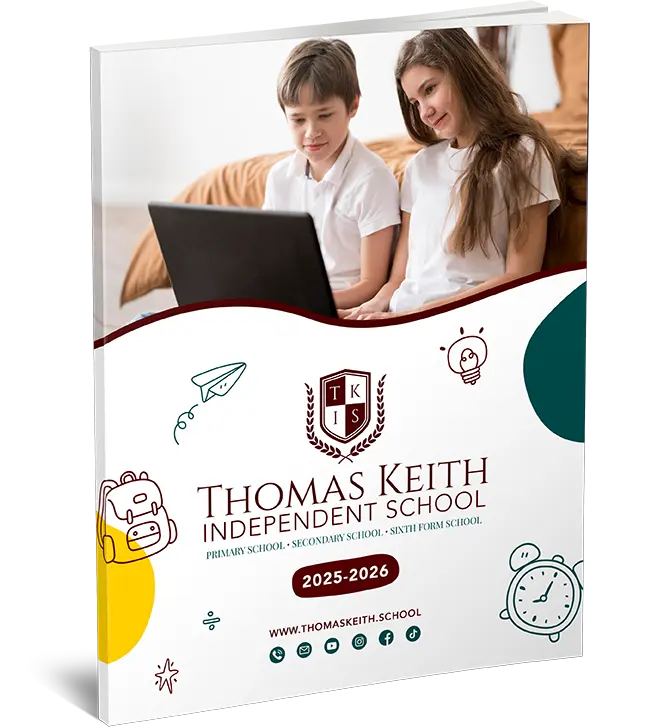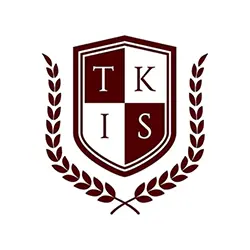Prefixes And Suffixes In KS2: A Guide For Learning
Understanding prefixes and suffixes is an essential part of KS2 English learning. They help students expand their vocabulary and improve their understanding of word formation. This article explores the basics of prefixes and suffixes, providing examples and practical applications. We’ll also highlight how Thomas Keith Online Independent School supports students in mastering these skills.
What Are Prefixes?
A prefix is a group of letters added to the beginning of a word to change its meaning. Learning prefixes helps students understand how words can be altered to express different ideas.
Common Prefixes in KS2
- un-: means “not” or “opposite of” (e.g., unhappy, untidy).
- Re-: means “again” or “back” (e.g., rewrite, return).
- Dis-: means “not” or “opposite” (e.g., dislike, disagree).
- Pre-: means “before” (e.g., preview, preheat).
- Mis-: means “wrongly” (e.g., misunderstand, misplace).
What Are Suffixes?
A suffix is a group of letters added to the end of a word. Suffixes can change the meaning or grammatical function of a word, such as turning a noun into an adjective or a verb into a noun.
Common Suffixes in KS2
- -ful: means “full of” (e.g., hopeful, grateful).
- -less: means “without” (e.g., hopeless, fearless).
- -ly: turns an adjective into an adverb (e.g., quickly, happily).
- -ness: turns an adjective into a noun (e.g., kindness, happiness).
- -er/-or: indicates a person who does something (e.g., teacher, actor).
Why Are Prefixes and Suffixes Important?
- Expanding Vocabulary: Students can build new words by adding prefixes and suffixes to root words.
- Improving Spelling: Understanding word formation helps in spelling longer words correctly.
- Enhancing Reading Comprehension: Recognising prefixes and suffixes makes it easier to infer the meaning of unfamiliar words.
- Boosting Writing Skills: Students can create more descriptive sentences by using varied words.
How Thomas Keith Online Independent School Supports Learning
Thomas Keith Online Independent School offers tailored KS2 English lessons focusing on prefixes and suffixes. Using interactive resources and personalised guidance, students can:
- Practise identifying and using prefixes and suffixes in their writing.
- Engage in games and quizzes to reinforce learning.
- Receive detailed feedback to improve their understanding.
The school ensures students gain confidence in applying these skills in all areas of English.
Tips for Practising Prefixes and Suffixes at Home
- Word Lists: Create a list of words with common prefixes and suffixes.
- Flashcards: Use flashcards to match prefixes and suffixes with their meanings.
- Games: Play word-building games to make learning fun.
- Practice Writing: Encourage students to write sentences using new words they’ve formed.
Frequently Asked Questions (FAQs)
Q1) What is the difference between a prefix and a suffix?Answer: A prefix is added to the start of a word, while a suffix is added to the end of a word.
Q2) Why are prefixes and suffixes taught in KS2?Answer: They help students build vocabulary, improve spelling, and understand the structure of words.
Q3) Can a word have both a prefix and a suffix?Answer: Yes, words like unhappiness have a prefix (un-) and a suffix (-ness).
Q4) How can parents help with learning prefixes and suffixes?Answer: Parents can provide word games, and flashcards, and encourage reading to improve their child’s skills.
Conclusion
Learning prefixes and suffixes is a vital part of KS2 English. It enables students to understand and create words, boosting their vocabulary and comprehension skills. With the guidance of schools like Thomas Keith Online Independent School, mastering these concepts becomes an enjoyable and rewarding experience. Encourage regular practice and use fun activities to support learning at home.




